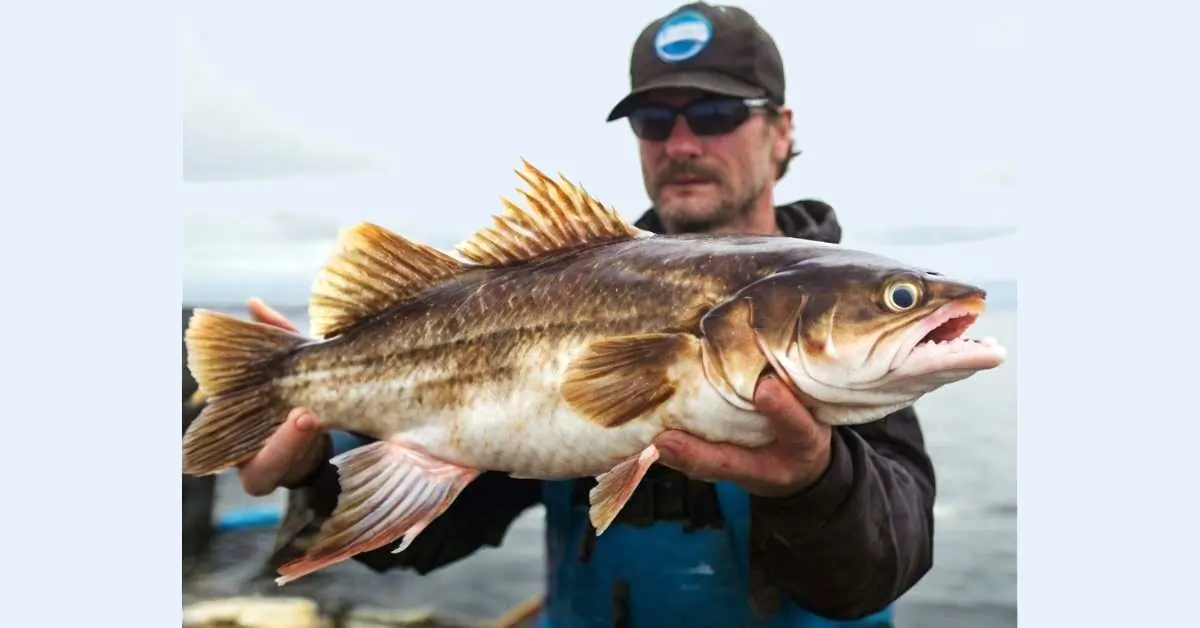Best Cod Fish in the World
Few fish are as beloved worldwide as cod. With its mild, flaky flesh and incredible versatility, cod has earned its place as a staple in kitchens from Europe to Asia and beyond. But not all cod is created equal—some varieties stand out for their exceptional flavor, texture, and culinary potential.
In this guide, we’ll explore the 7 best cod fish in the world, diving into what makes each one special and how to enjoy them. Whether you’re a seafood enthusiast or just looking for the perfect fish for your next meal, this list has you covered.
Why Cod Reigns Supreme in the Seafood World
Cod is a favorite for good reason:
✔ Mild, slightly sweet flavor – Perfect for those who don’t love overly “fishy” tastes.
✔ Firm yet flaky texture – Holds up well in frying, baking, grilling, and more.
✔ Nutrient-rich – High in protein, omega-3s, and essential vitamins.
✔ Culinary versatility – Works in everything from fish & chips to gourmet dishes.
Now, let’s meet the top 7 cod varieties you need to try!
1. Atlantic Cod – The Classic Choice
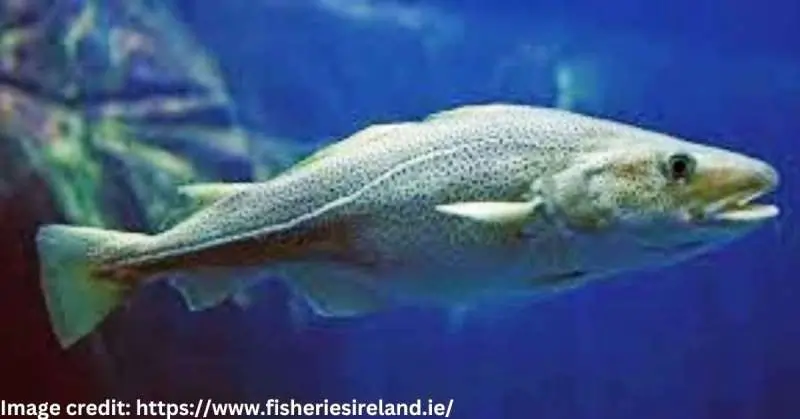
📍 Found in: North Atlantic
🍽 Best for: Fish & chips, frying, baking
The king of cod, Atlantic Cod is the star of British fish & chips and New England seafood boils. Its snow-white, flaky flesh has a clean, mild taste that pairs perfectly with crispy batter or simple lemon butter.
⚠ Sustainability Note: Overfishing has impacted stocks, so look for MSC-certified options..
2. Pacific Cod – The Sweet & Tender Option

📍 Found in: Northern Pacific (Alaska, Russia, Japan)
🍽 Best for: Tempura, stews, Asian dishes
Slightly sweeter and softer than Atlantic Cod, Pacific Cod is a favorite in Japanese cuisine (think tempura and miso cod). It’s also leaner, making it a great healthy choice.
3. Greenland Cod – The Underrated Gem
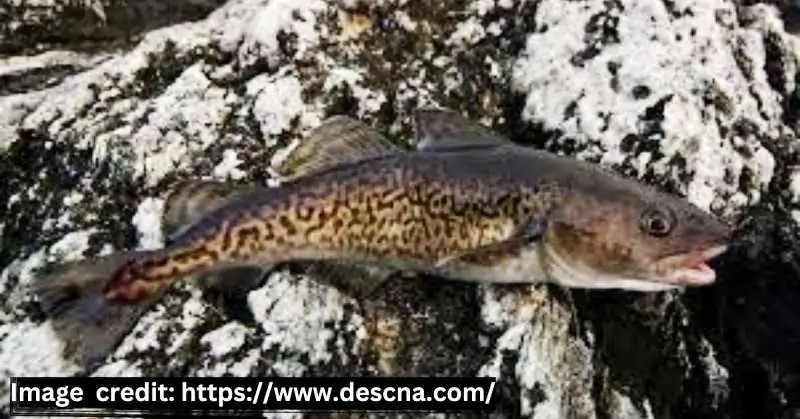
📍 Found in: Arctic & North Atlantic
🍽 Best for: Frying, traditional Nordic dishes
Less famous than its cousins, Greenland Cod has a mild, clean flavor and meaty texture. It’s a staple in Icelandic and Greenlandic cuisine, often dried or salted.
4. Icelandic Cod – The Premium Pick
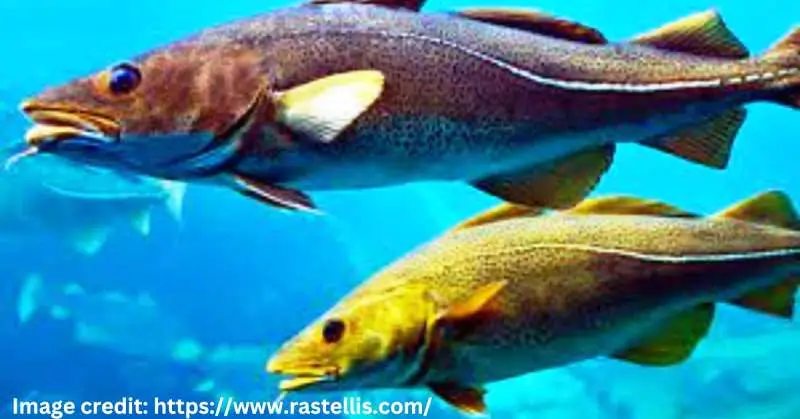
📍 Found in: Iceland’s pristine North Atlantic waters
🍽 Best for: Pan-searing, gourmet dishes
Icelandic Cod is luxuriously tender with a delicate sweetness. Thanks to Iceland’s strict fishing regulations, it’s one of the most sustainably sourced cod varieties available.
5. Norwegian Skrei – The Seasonal Delicacy
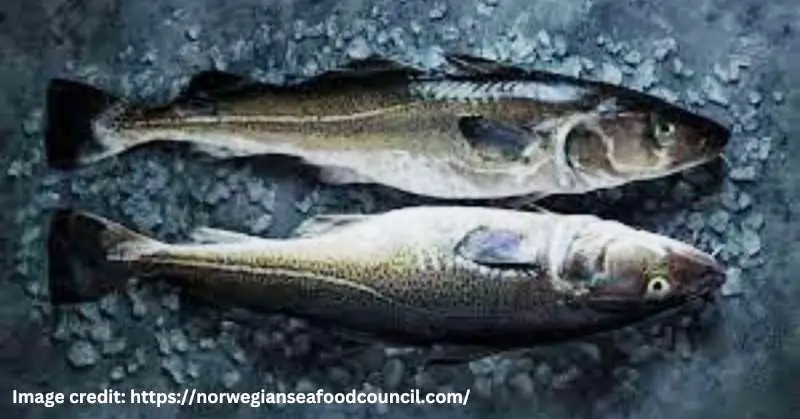
📍 Found in: Arctic Norway (only Jan-Apr!)
🍽 Best for: Grilling, poaching, fine dining
Skrei is the “wagyu of cod”—caught during its annual migration, it has a firmer texture and richer flavor than regular Atlantic Cod. A true Scandinavian treasure!
6. Black Cod (Sablefish) – The Buttery Indulgence
📍 Found in: North Pacific
🍽 Best for: Miso-marinated dishes, smoking
Don’t let the name fool you—Black Cod isn’t true cod, but it’s just as delicious. Its high oil content gives it a silky, buttery texture, making it a star in Japanese Nobu-style miso cod.
7. BlackvCod (Sablefish)
North Pacific black cod, also called sablefish, is a deep-sea fish. It’s not a true fish, but because of its taste and texture, it’s sometimes confused with cod. Black cod is well-known for its rich, buttery flavor and its velvety texture, which comes from its high oil content. Because of its quality, it’s a well-liked option for smoking and delicate preparations like the Japanese cuisine marinated in miso. Omega-3 fatty acids found in black cod make it a nutritional powerhouse that adds to its health advantages. Its flavorful and succulent meat makes it a popular delicacy.
At upscale dining restaurants and among seafood connoisseurs. Black cod’s growing appeal has also made it a symbol of environmentally friendly fishing methods, as attempts are made to ensure its continued availability in the world’s oceans.
How to Cook Cod Like a Pro
Cod’s versatility means you can prepare it dozens of ways:
- Crispy & golden → Deep-fry (fish & chips!)
- Light & healthy → Bake with lemon & herbs
- Rich & flavorful → Miso-marinated & broiled (Black Cod)
- Comforting & hearty → Chowders & stews
Culinary Uses and Preparations
Culinary Uses and Preparations of Cod Fish:
Cod fish, renowned for its versatility, adapts beautifully to various culinary techniques, making it a favorite in kitchens worldwide.
- Frying: Cod’s firm texture makes it ideal for frying. Whether it’s the classic British fish and chips or lightly battered cod fillets, frying gives the fish a crispy exterior while keeping the inside moist and flaky.
- Baking and Roasting: Baked or roasted cod is a healthier preparation, often flavored with herbs, lemon, and olive oil. This method highlights the fish’s natural flavors and maintains its tender texture.
- Grilling: Grilled cod, especially thicker fillets or steaks, offers a smoky flavor and a slightly crispy texture. It’s perfect for summer barbecues and pairs well with fresh salads and grilled vegetables.
- Poaching: Poaching cod in a flavorful liquid like a court bouillon or even milk ensures it stays moist and absorbs delicate flavors, ideal for more refined dishes.
- Steaming: Steaming is another healthy way to prepare cod. It preserves the fish’s moisture and works
well with Asian-style preparations, often accompanied by soy sauce, ginger, and spring onions for added flavor.
- Broiling: Quick and easy, broiling cod with a glaze or a crust of breadcrumbs and herbs creates a dish with a deliciously crisp top and a tender inside.
- Stewing and Chowders: Cod’s firm flesh holds up well in stews and chowders, absorbing the flavors of the broth without falling apart, making it a hearty and comforting option.
- Salted Cod: A traditional method of preserving cod, salting transforms the fish’s texture and flavor. Once rehydrated, salted cod becomes the star ingredient in dishes like Portuguese Bacalhau or Caribbean Saltfish.
Each method of preparation brings out different qualities of cod, from its mild, sweet flavor to its flaky, yet firm texture. This versatility makes cod a beloved ingredient in cuisines worldwide, suitable for a wide array of palates and dietary preferences.
FAQ on Best Cod Fish in the World
Q: Which cod is best for frying?
A: Atlantic Cod—its firm texture stays intact in hot oil.
Q: Is Pacific Cod good for baking?
A: Yes, Pacific Cod’s tender flesh makes it excellent for baking.
Q: Can I grill Norwegian Skrei?
A: Absolutely, Norwegian Skrei’s firm texture is great for grilling.
Q: Is Black Cod sustainable?
A: Yes, Black Cod is often sustainably sourced, especially from the North Pacific.
Final Thoughts: Which Cod Will You Try?
From the crispy, beer-battered Atlantic Cod to the melt-in-your-mouth Black Cod, each variety brings something special to the table. The best part? You can enjoy cod guilt-free by choosing sustainably sourced options.
Which cod will you cook first? Let us know in the comments!
